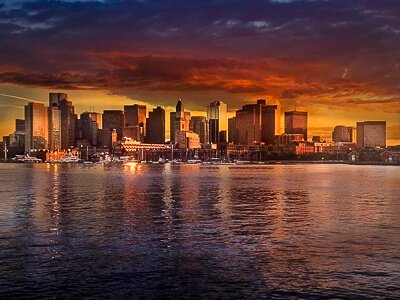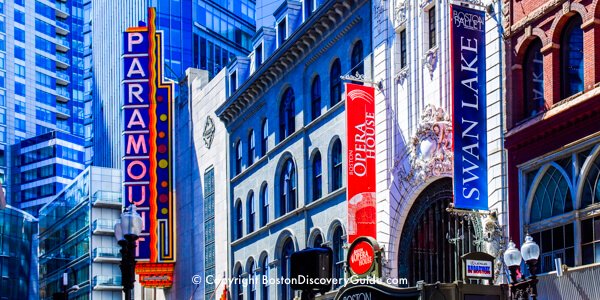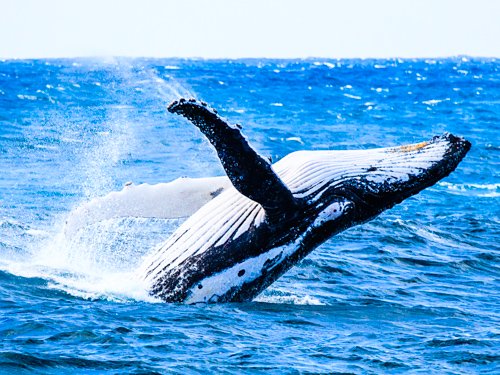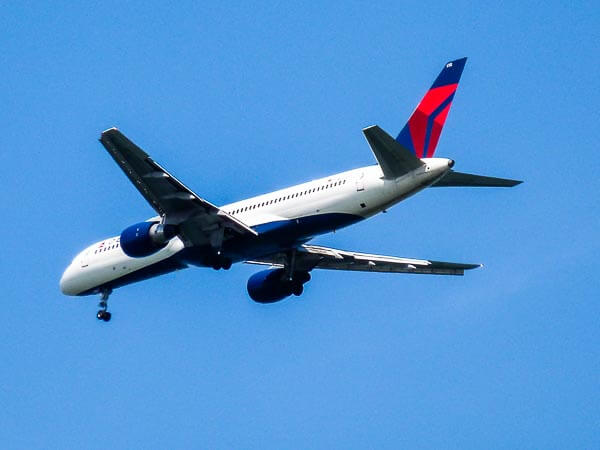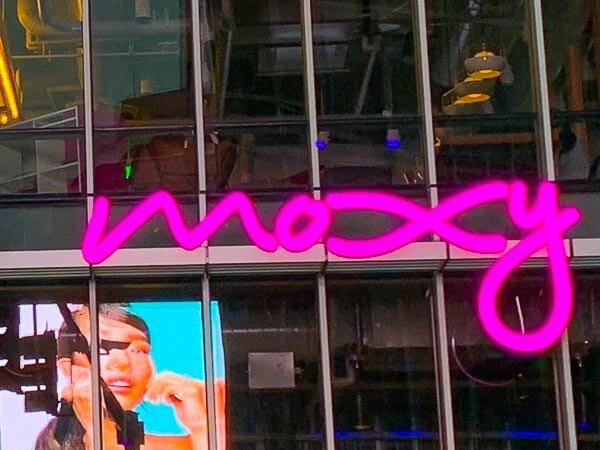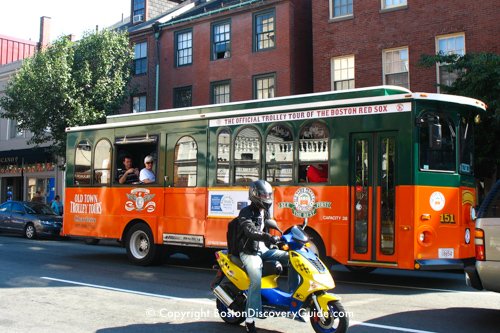If you went to elementary school in the United States, you may have read Henry Wadsworth Longfellow's rousing poem, "The Midnight Ride of Paul Revere."
The poem, published in 1863 in Tales of a Wayside Inn, recounts the adventures of Boston's best-known Patriot.
One slight problem with the poem: it's not particularly accurate.
But what actually happened during Revere's famous ride across the countryside is more interesting and gives a lot more insight into his character.
Keep reading to find out what really happened during that famous ride almost 250 years ago.
Top photo: Statue of Paul Revere on horseback in his old neighborhood, Boston's North End
Boston Discovery Guide is a reader-supported publication. When you buy through our links, we may earn a commission at no additional cost for you. Learn more
What Really Happened during Paul Revere's Ride?
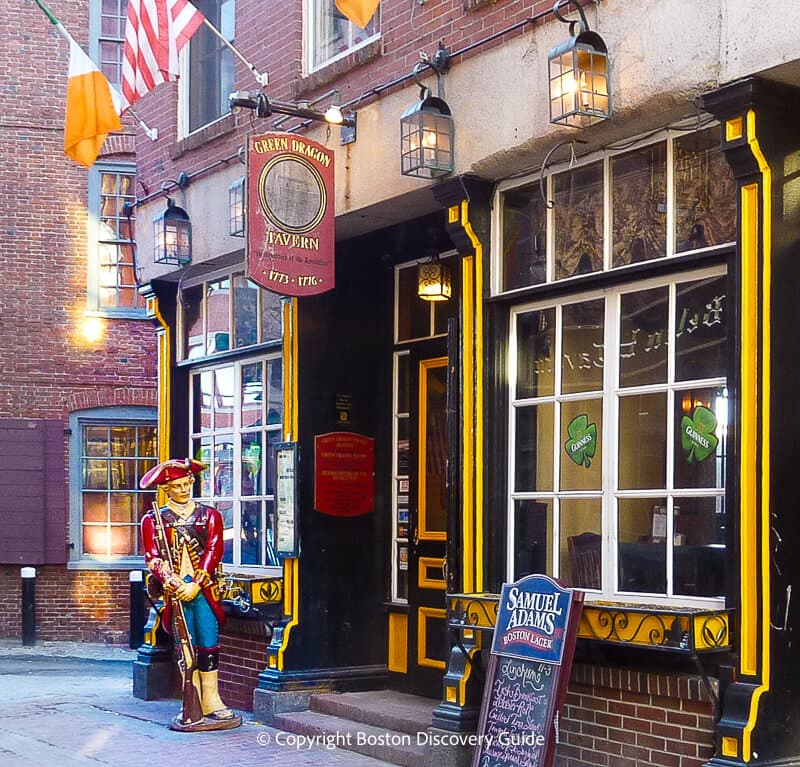
The purpose of Paul Revere's midnight ride, as you may recall from your high school history class, was to race to Concord to warn Patriots Samuel Adams and John Hancock that British troops - 700 of them - were marching to Concord to arrest them.
True, warning Adams and Hancock triggered Revere's ride from Boston.
But unknown to the British, Adams and Hancock were staying at the home of minister Jonas Clarke in Lexington, so Lexington, not Concord, was Revere's initial destination.
Revere's ride marked the culmination of months of secret eavesdropping by Revere and fellow Sons of Liberty as British soldiers refreshed themselves in Boston taverns such as the Green Dragon, which you can still visit today.
Revere's spying supported a larger resistance network (read more about it here); he also routinely carried news and information to other Patriots, so in that context, his ride to Lexington was nothing unusual.
As Longfellow's poem recounts, Revere slipped out of his home in Boston's North End, rowed across Back Bay (roughly where Boston Common meets Charles Street today) past the British frigate H.M.S. Somerset, and rode on horseback to Mystic Village (present day Medford).
Want to see a reenactment of Paul Revere's ride? Check the Patriots Day Events schedule
Did Longfellow Forget the Other Riders?
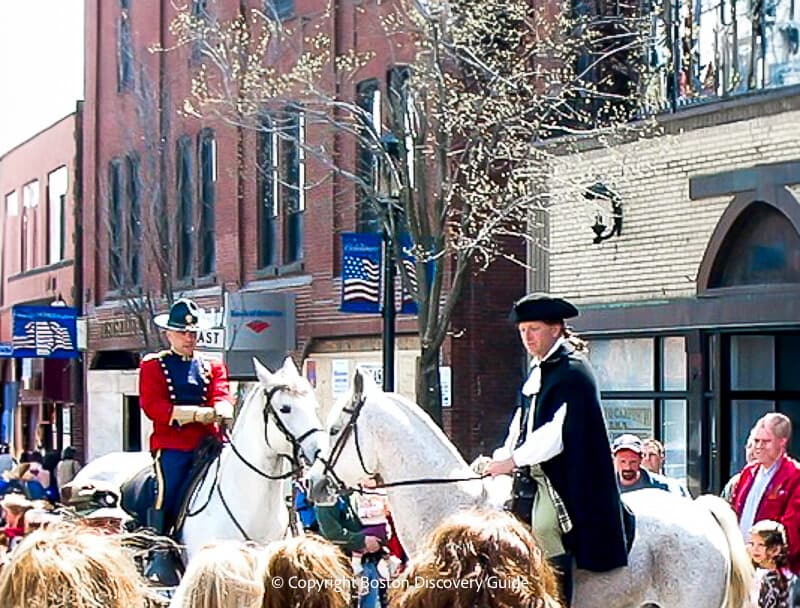
In his famous poem, Longfellow doesn't mention that William Dawes, a second alert-raiser who'd taken a land route out of Boston, joined Revere at Mystic Village (present day Medford) and they rode together to Lexington.
Revere and Dawes reached the Clarke home in Lexington around midnight and delivered their warning.
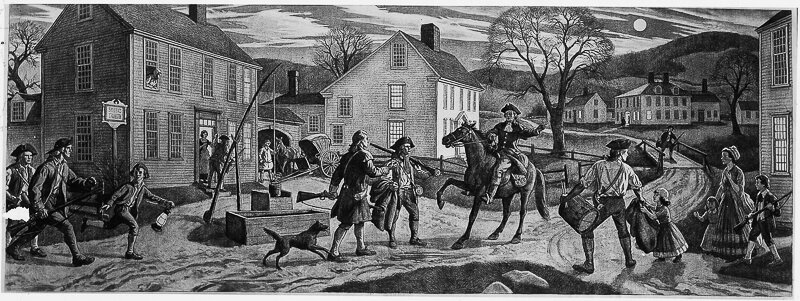
Suspicious as to why a such a large force of British Regulars would be needed to arrest Adams and Hancock, they realized the real target must be stores of munitions hidden by the Colonists in Concord, a few miles to the west.
Revere and Dawes jumped back on their horses and headed to Concord - but Longfellow also fails to mention that Dr. Samuel Prescott also joined them along the way.
Dr. Prescott, a Concord local, had been visiting his girlfriend. When Revere and Dawes sounded the alert, Prescott jumped out the back window of his girlfriend's house and joined them.
The three men decided to ride toward Concord and stop at every house along the way to warn the residents about the British movements.
Find out how Patriots Day commemorates these events
Did Longfellow Forget Paul Revere Got Captured?
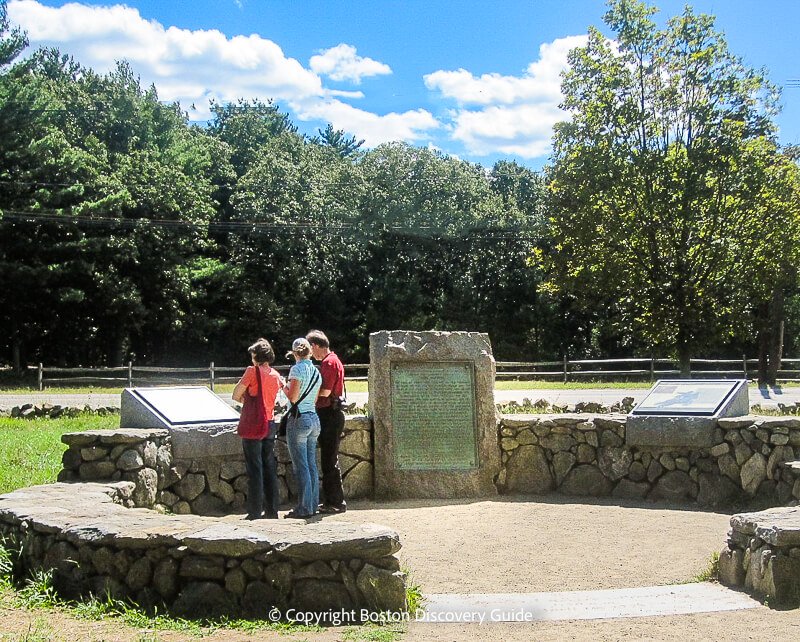
Minute Man National Park, Lincoln, MA
Longfellow also doesn't mention in "The Midnight Ride of Paul Revere" that British troops captured all three men at a site near present-day Hanscom Air Force Base in Bedford. Does he somehow forget this detail?
Of course, like many poets writing about historic events, Longfellow takes some liberties in "The Midnight Ride of Paul Revere."
Soon after Revere, Dawes, and Prescott crossed from Lexington into Lincoln, where today Route 2 runs past the Minuteman National History Park next to Hanscom Air Force Base, Revere ran right into a British ambush by two soldiers. He called to his friends for help - and they got captured too.
After being taken at gunpoint by the British to a nearby field, Prescott escaped by riding into the woods. Revere tried to escape by riding in the opposite direction, which allowed Dawes to also escape while the Redcoats chased Revere.
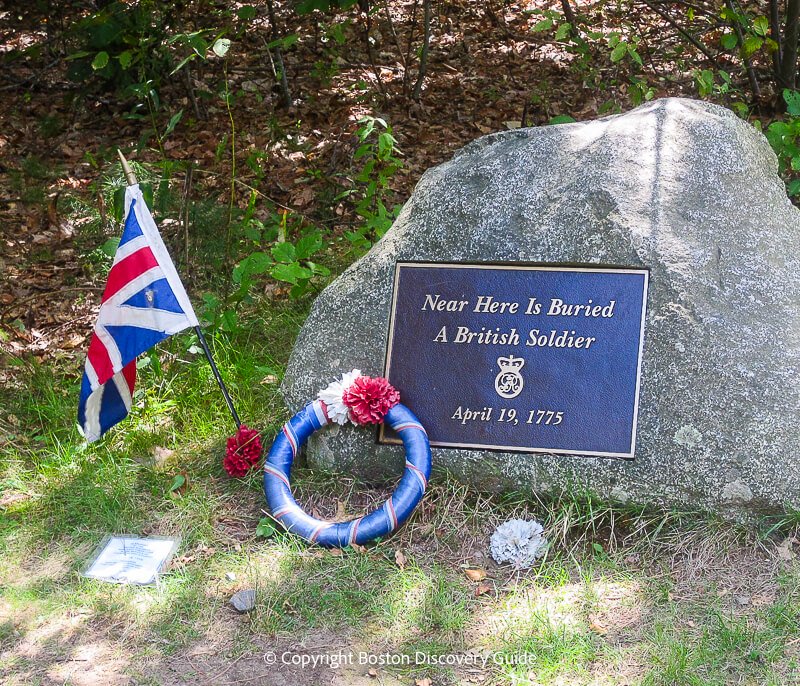
Although the British recaptured Revere, he told them the whole countryside knew of their advance and was taking up arms.
Hearing this, they released him and rode off to warn the advancing troops - but they were too late.
Colonial resistance caught the Redcoats by surprise as they approached Concord.
Once the Redcoats realized they were outnumbered, they had to fight their way back to Boston in a running retreat in what became the bloodiest battle of the day when they reached the small village of Menotomy (now Arlington).
As group after group of angry Colonists attacked the retreating Redcoats during this first day of the War for Independence, their thirst for freedom from British rule took hold.
Tours through Boston's History
What Else Did Longfellow Get Wrong?
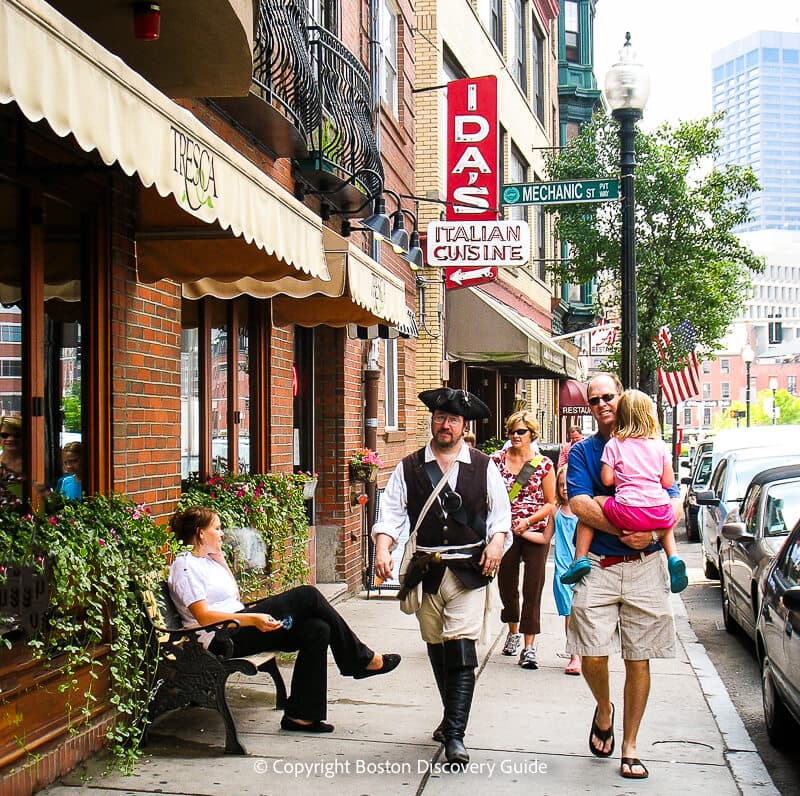
There's even some debate among historians and scholars about exactly which North Church in Boston's North End neighborhood had the two lanterns hung from it.
However, Longfellow does get the details right in other parts of "The Midnight Ride of Paul Revere."
He accurately recounts the fierce fighting by local militias and farmers along the way - including women and older men such as Samuel Whittemore, another American Revolutionary War hero.
And there's also no doubt that "The Midnight Ride of Paul Revere" is a rousing poem, and that Revere, who went on to have an illustrious career as a silversmith and businessman, is a genuine American hero.
Even though "The Midnight Ride of Paul Revere" highlights the bravery of only one particular person, it captures the spirit of determination that enabled the colonists to win the Revolutionary War.
"The Midnight Ride of Paul Revere" is now in the public domain (meaning that it isn't protected by copyright) so we include it below for your reading pleasure.
You can also visit Paul Revere's house in Boston's North End. Aside from its historical connections with one of the great Sons of Liberty, it's also typical of the style of late Elizabethan houses that once filled the city but have now all but disappeared.
More to see and explore in Boston's North End
The Midnight Ride of Paul Revere
By Henry Wadsworth Longfellow
Listen my children and you shall hear
Of the midnight ride of Paul Revere,
On the eighteenth of April, in Seventy-five;
Hardly a man is now alive
Who remembers that famous day and year.
He said to his friend, "If the British march
By land or sea from the town to-night,
Hang a lantern aloft in the belfry arch
Of the North Church tower as a signal light,--
One if by land, and two if by sea;
And I on the opposite shore will be,
Ready to ride and spread the alarm
Through every Middlesex village and farm,
For the country folk to be up and to arm."
Then he said "Good-night!" and with muffled oar
Silently rowed to the Charlestown shore,
Just as the moon rose over the bay,
Where swinging wide at her moorings lay
The Somerset, British man-of-war;
A phantom ship, with each mast and spar
Across the moon like a prison bar,
And a huge black hulk, that was magnified
By its own reflection in the tide.
Meanwhile, his friend through alley and street
Wanders and watches, with eager ears,
Till in the silence around him he hears
The muster of men at the barrack door,
The sound of arms, and the tramp of feet,
And the measured tread of the grenadiers,
Marching down to their boats on the shore.
Then he climbed the tower of the Old North Church,
By the wooden stairs, with stealthy tread,
To the belfry chamber overhead,
And startled the pigeons from their perch
On the sombre rafters, that round him made
Masses and moving shapes of shade,--
By the trembling ladder, steep and tall,
To the highest window in the wall,
Where he paused to listen and look down
A moment on the roofs of the town
And the moonlight flowing over all.
Beneath, in the churchyard, lay the dead,
In their night encampment on the hill,
Wrapped in silence so deep and still
That he could hear, like a sentinel's tread,
The watchful night-wind, as it went
Creeping along from tent to tent,
And seeming to whisper, "All is well!"
A moment only he feels the spell
Of the place and the hour, and the secret dread
Of the lonely belfry and the dead;
For suddenly all his thoughts are bent
On a shadowy something far away,
Where the river widens to meet the bay,--
A line of black that bends and floats
On the rising tide like a bridge of boats.
Meanwhile, impatient to mount and ride,
Booted and spurred, with a heavy stride
On the opposite shore walked Paul Revere.
Now he patted his horse's side,
Now he gazed at the landscape far and near,
Then, impetuous, stamped the earth,
And turned and tightened his saddle girth;
But mostly he watched with eager search
The belfry tower of the Old North Church,
As it rose above the graves on the hill,
Lonely and spectral and sombre and still.
And lo! as he looks, on the belfry's height
A glimmer, and then a gleam of light!
He springs to the saddle, the bridle he turns,
But lingers and gazes, till full on his sight
A second lamp in the belfry burns.
A hurry of hoofs in a village street,
A shape in the moonlight, a bulk in the dark,
And beneath, from the pebbles, in passing, a spark
Struck out by a steed flying fearless and fleet;
That was all! And yet, through the gloom and the light,
The fate of a nation was riding that night;
And the spark struck out by that steed, in his flight,
Kindled the land into flame with its heat.
He has left the village and mounted the steep,
And beneath him, tranquil and broad and deep,
Is the Mystic, meeting the ocean tides;
And under the alders that skirt its edge,
Now soft on the sand, now loud on the ledge,
Is heard the tramp of his steed as he rides.
It was twelve by the village clock
When he crossed the bridge into Medford town.
He heard the crowing of the cock,
And the barking of the farmer's dog,
And felt the damp of the river fog,
That rises after the sun goes down.
It was one by the village clock,
When he galloped into Lexington.
He saw the gilded weathercock
Swim in the moonlight as he passed,
And the meeting-house windows, black and bare,
Gaze at him with a spectral glare,
As if they already stood aghast
At the bloody work they would look upon.
It was two by the village clock,
When he came to the bridge in Concord town.
He heard the bleating of the flock,
And the twitter of birds among the trees,
And felt the breath of the morning breeze
Blowing over the meadow brown.
And one was safe and asleep in his bed
Who at the bridge would be first to fall,
Who that day would be lying dead,
Pierced by a British musket ball.
You know the rest. In the books you have read
How the British Regulars fired and fled,---
How the farmers gave them ball for ball,
From behind each fence and farmyard wall,
Chasing the redcoats down the lane,
Then crossing the fields to emerge again
Under the trees at the turn of the road,
And only pausing to fire and load.
So through the night rode Paul Revere;
And so through the night went his cry of alarm
To every Middlesex village and farm,---
A cry of defiance, and not of fear,
A voice in the darkness, a knock at the door,
And a word that shall echo for evermore!
For, borne on the night-wind of the Past,
Through all our history, to the last,
In the hour of darkness and peril and need,
The people will waken and listen to hear
The hurrying hoof-beats of that steed,
And the midnight message of Paul Revere.
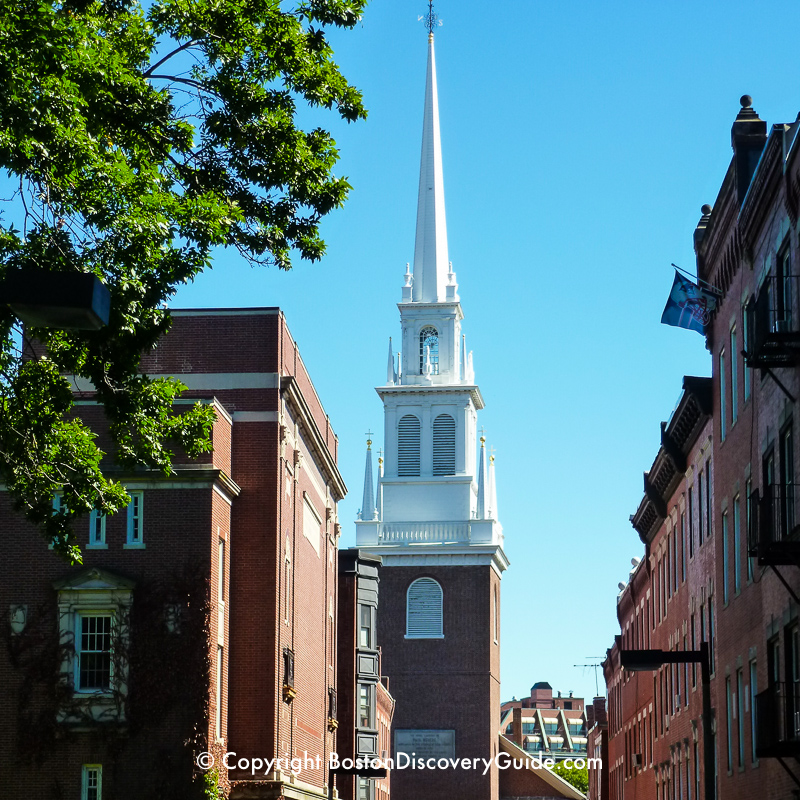
Where to Stay in Boston's North End
Interested in staying in or near Boston's wonderful North End neighborhood, filled with tantalizing Italian restaurants and bakeries?
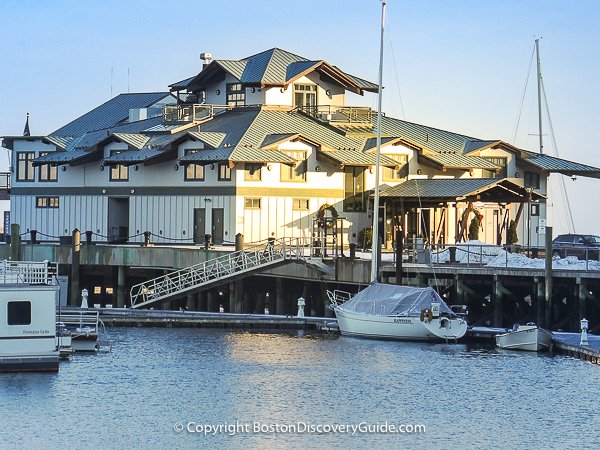
Consider these welcoming choices:
Find more hotels in or near the North End
More Articles about Boston History
- Visit Paul Revere's house in Boston's North End - still standing after all these years!
- Find out why the North End is one of Boston's most popular neighborhoods to visit
- Walk the path to liberty along Boston's historical Freedom Trail
- Find out why visiting the Old North Bridge in Concord is a popular Boston day trip
- Watch a reenactment of Paul Revere's ride - get the complete Patriots Day schedule


